List of string quartets by Joseph Haydn - Wikipedia.
Joseph Haydn wrote sixty-eight string quartets. (The number was previously thought to be eighty-three, but this includes some arrangements and spurious works.) They are catalogued by Anthony van Hoboken's catalogue of his works, and also by their publication order in the First Haydn Edition (FHE), but are most often simply referred to by their opus numbers.
Analysis of Haydn’s String Quartet: Op. 76, No. 4, in B-flat Major “Sunrise” Haydn composed his Op. 74 quartets in the later years of his life between 1796 and 1797 and it was the last of his completed string quartets. The set of quartets were dedicated to the Hungarian Count Joseph Erdody and were published in 1799. It was said that this.
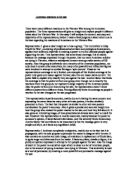
P. Tchaikovsky, String Quartet No.1 in D Major Op. 11: An Analysis. Filippe Moura Dr. Polo September 22, 2014 ! ! Pyotr Tchaikovsky String Quartet No 1 in D Major, op.11 Pyotr Iliyich Tchaikovsky was a Russian composer born 7 May 1840. During his life as a composer he worked basically on symphonies, concertos, operas, ballets, chamber music and a choral.

The Biography of a String Quartet: Mozart’s String Quartet in D minor, K. 421 Introduction Mozart’s String Quartet No. 15 in D minor, K. 421 is regarded as one of the pillars of the classical string quartet repertoire. That it is still one of the most celebrated and performed string.

This essay will begin by firstly discussing briefly the origins of both the string quartet and sonata form; secondly, their stage of development upon Haydn's appointment at Esterhazy; and finally, it will focus on the string quartets of Joseph Haydn, composed during his long employment at Esterhazy, and discuss their contribution to the string.
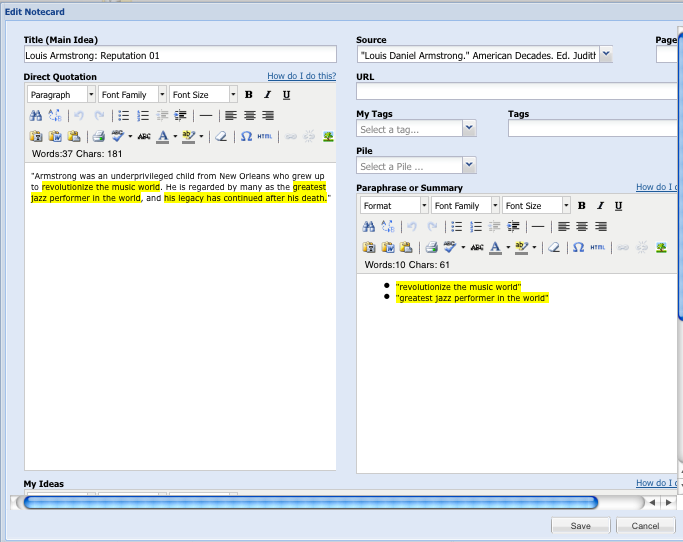
Joseph Haydn and the String Quartet No Royal Directive. An Essay Inspired by the Quartet for Strings in F Minor, Opus 20, No. 5 by Ron Drummond. Joseph Haydn didn't have to write string quartets. His duties as Kapellmeister to the princely Eszterhazy family kept him extremely busy. Twice-weekly concerts required a steady stream of symphonies from his pen. Rehearsing his musicians, managing the.

Edginess is also a keynote of the finale, which contrasts a darkly agitated main theme on the violin’s deep G string with fevered, gypsy-style figuration. Both elements are worked in tense imitation in the development. Most late Haydn finales that begin in the minor resolve cheerfully into the major. Here, though, the recapitulation cleaves.
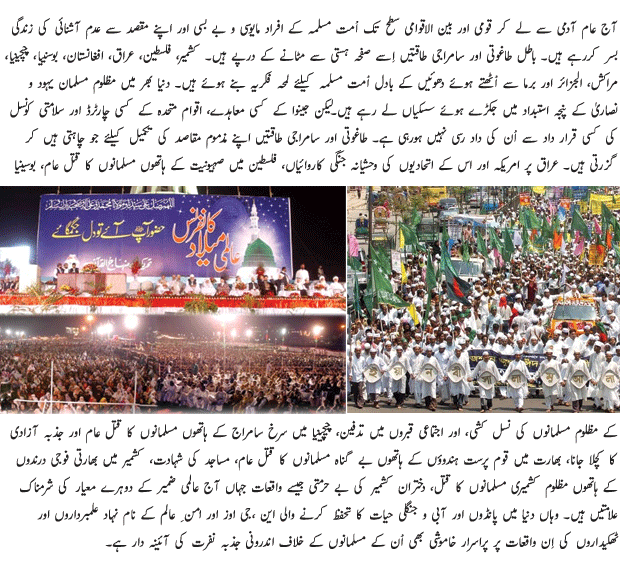
In the second half, because the very essence of the genre resides in musical detail and nuance, we develop the tools for informed listening and appreciation by presenting an in-depth analysis of a single work, Haydn's String Quartet in F minor, opus 20, no. 5 from 1772. With frequent musical illustrations by the St. Lawrence Quartet, we explore.

Analysis Of Beethoven 's String Quartet Essay. 2169 Words 9 Pages. Show More. In Beethoven’s string quartet Op. 18 No. 4, there is the implication that the first movement sonata form has indeed been emancipated from the looming tyranny of the minor key and that the movement will, in fact, end in C major as opposed to C minor. In measure 194, the ESC is presented as a strong C major chord.

HAYDN: String Quartets Op. 76, Nos. 1- 3 by Franz Joseph Haydn. Listen to classical music CDs online.

Completed on the last day of 1782, this work would serve as the first of a set of six string quartets Mozart would dedicate to Haydn.Over nine years separate the first of this group from its predecessor among the quartets, K. 173 in D minor, composed in 1773.
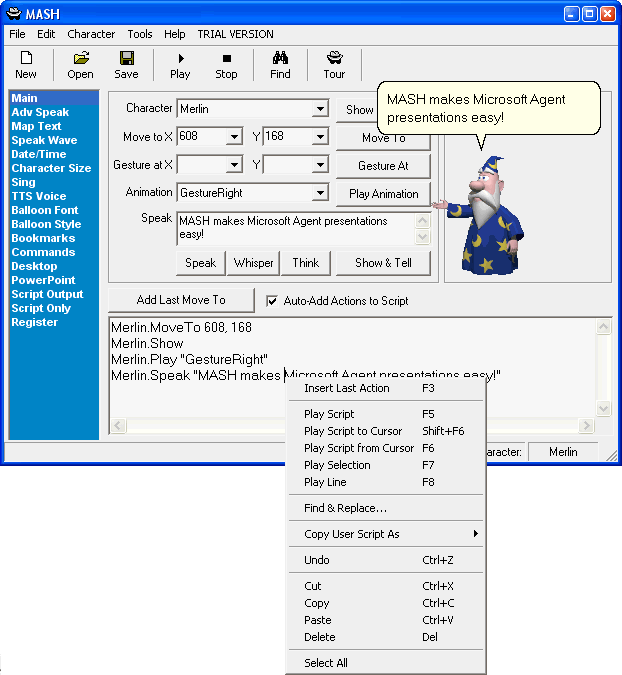
Download and Print top quality String Quartet in D minor Op.42 No.35 (COMPLETE) sheet music for string quartet by Franz Joseph Haydn with Mp3 music accompaniment tracks. High Quality PDF to download.
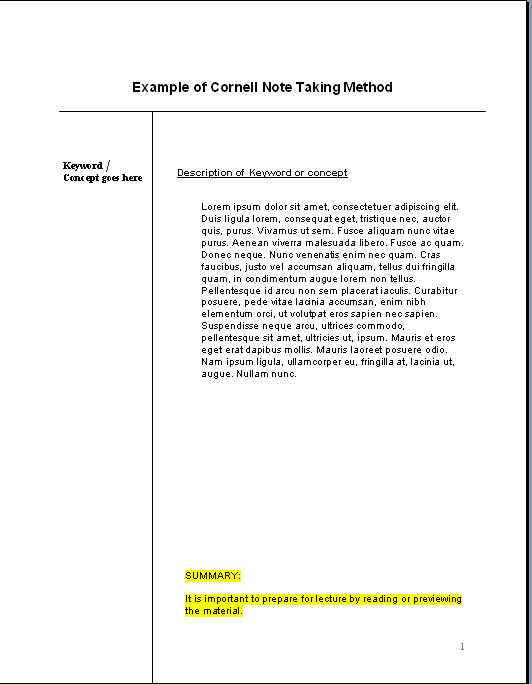
Haydn - String Quartet in Eb, Op.33 No. 2, 'The Joke': movement IV Articulation - short slurs and staccato Some chromaticism with a mainly diatonic melody - bars 9-12 Ornamentation - acciaccatura bar 7 Melody Melodic dissonance - arpeggio in bars 18 and 20 uses A natural Much use.



